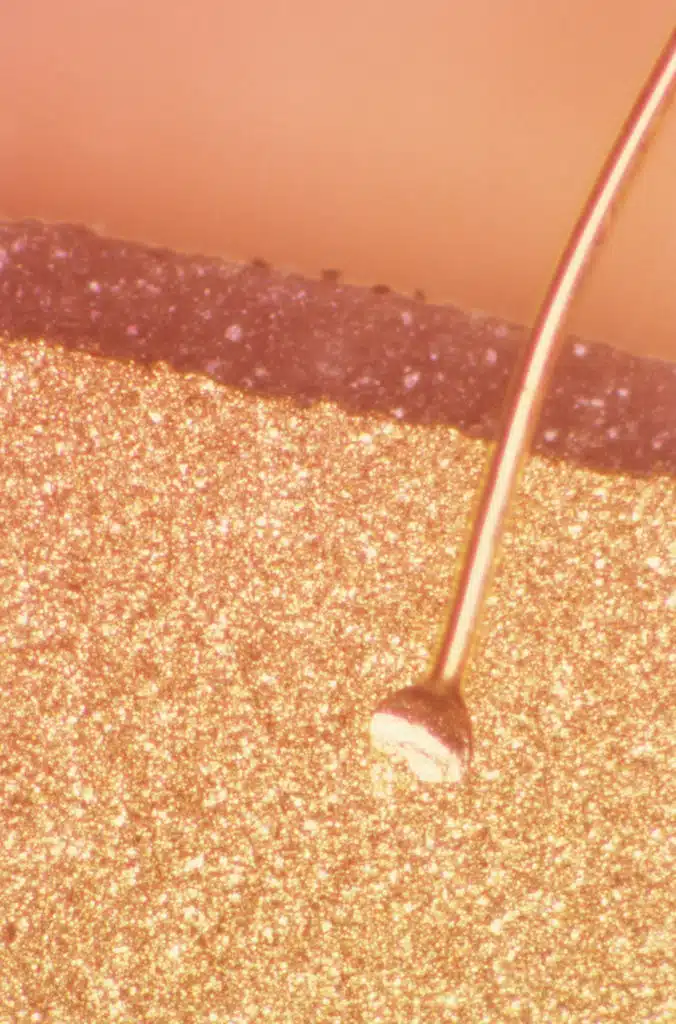A test for toxic algae could help save our coastal waters from attack by invading pests
Coastal waters around the world are threatened by invaders lurking in the ballast water of cargo ships.
A new global agreement will require ships to meet strict regulations to ensure they do not harbour any unwanted invaders. New technologies are therefore needed for treating ballast water on board. But which treatments will work? Some of the most dangerous algae can play dead.
CSIRO researcher Monique Binet has developed a new method for determining which ballast water treatment works, and which doesn’t. Her test will do in one day what previously took up to six months.
“Ballast water is essential to balance the ship’s cargo,” says Monique, one of the Fresh Science winners for 2004. “But some 15,000 species are hitchhiking lifts around the world with the water each week.”
“A particularly notorious type of algae are the toxic dinoflagellates which are capable of poisoning shellfish. These poisoned shellfish can be lethal if eaten by humans. Several international organisations have suggested that these algae should be one of the benchmarks used to assess new treatment technologies.”
“The trouble is that these are tough critters. The dinoflagellates form dormant cysts which can survive for years in the ballast tanks. So testing the different treatment technologies relies on the ability to distinguish between live and dead cysts.”
Until now this has meant painstaking hours of microscopic examination, followed by a wait for up to 26 weeks to see if the cysts germinate into live, swimming algae.
And that’s where the new method developed by Monique and her colleagues at CSIRO’s Centre for Environmental Contaminants Research (CECR) comes in.
“Using a technique called flow cytometry, we can now analyse each and every cyst for its size, structure and fluorescence. Based on these characteristics and the use of a DNA stain, we can tell which cysts will germinate into live cells in a matter of minutes” says Monique.
“The trick was first washing the cysts for 24 hours to remove their mucous coatings, and selecting the right staining conditions, so we can now determine cyst viability within 1 day, instead of the conventional 3-26 weeks.”
The research has attracted interest from around the world with Monique presenting at conferences in Germany and New Zealand.
Monique now plans to apply this method to other species of toxic dinoflagellates as well as other micro-organisms that hitch a ride in the ballast water tanks. Enabling the rapid assessment of ballast water will help prevent these pests from spreading any further.





 Fresh Science is on hold for 2022. We will be back in 2023.
Fresh Science is on hold for 2022. We will be back in 2023.